
Yet for more than 50 years, the footprints of Professor Vo Tong Xuan and generations of scientists have been imprinted on the delta, creating new rice varieties, controlling pests, and neutralizing acid sulfate soil, so that today the Mekong Delta has become one of the world's giant "rice pots".
Before coming to this conversation, I had read the introduction about the professor on Wikipedia very carefully, in which I was very impressed with the professor's journey back from his ideal job at the International Rice Research Institute to the delta, which was then engulfed in the flames of war. What motivated the professor to return at that time?
- In 1961, I received a scholarship to study abroad at the Philippine Agricultural University. In 1966, I graduated from university with a bachelor's degree in Agricultural Chemistry and was accepted as a research student at the International Rice Research Institute (IRRI).
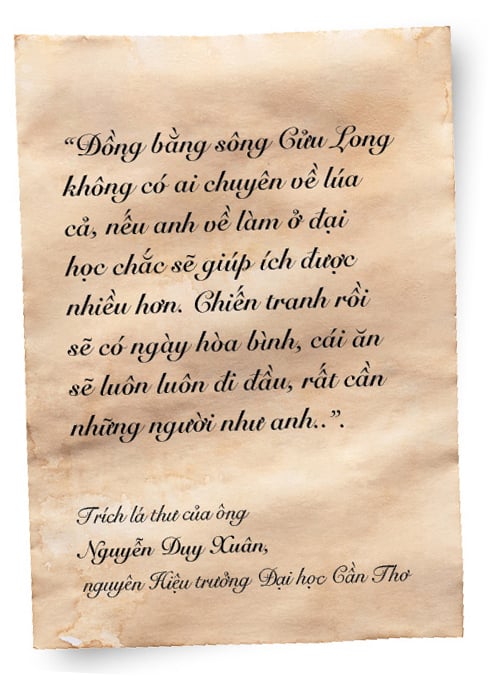
One day in 1971, when my research job at the International Rice Research Institute was very stable and my salary was high, I received a letter from Mr. Nguyen Duy Xuan, then the Principal of Can Tho University. That letter made me think. "There is no one in the Mekong Delta who specializes in rice. If you come back to work at the university, you will certainly be able to help more. The war will one day be over, food will always come first, people like you are needed...", Mr. Nguyen Duy Xuan said in the letter.
So on June 9, 1971, I said goodbye to the International Rice Institute to return to the delta. Actually, since I was in school, I had always determined the goal of how to help farmers get rich from rice cultivation, so at that time, I also thought, it was time to return.
When I did research at the International Rice Research Institute, although it had only been established for a few years (IRRI was established in 1960), by 1966, the institute's scientists had produced many new high-yield rice varieties, of which the Than Nong 5 (IR5) and Than Nong 8 (IR8) varieties had outstanding advantages, high yield, and short growing period. I was fortunate to have the opportunity to learn new knowledge and production methods, so I had the responsibility to disseminate these techniques and train human resources for the rice industry. Therefore, when I received the messages from Mr. Nguyen Duy Xuan, I was very moved, so I convinced my family to return to the delta to "multiply myself". At that time, Can Tho was the center of the delta, but there were few talented people. I alone taught 7 subjects and guided graduation theses. In the two years 1972 - 1974 alone, I guided 25 students to write their graduation theses.
At that time, farmers in the Mekong Delta only produced long-term rice varieties, which took 6-7 months to grow, so the goal of scientists at Can Tho University was to introduce short-term varieties IR5 and IR8 to improve productivity, thereby improving people's lives.
The process of introducing a new rice variety, with a harvest and growth time that is completely different from the farming methods of the delta people for generations, must have been a very difficult process, professor?
- That's right, when we introduced short-term rice varieties to encourage planting, everyone was hesitant. When we were advised to use more chemical fertilizers to increase rice productivity, people were even more hesitant.
At that time, thanks to funding from the US Aid Mission, the International Rice Research Institute supported Vietnam with seed packages, including seeds, fertilizers, pesticides, and agricultural extension officers to go to the provinces to deploy planting new rice varieties, first tested in An Giang, then Tien Giang, Can Tho, etc.
If farmers are hesitant, we will demonstrate, and farmers will be very surprised when the new rice plant has short stems, straight leaves, and a yield of 5 tons/ha or more, while the traditional long-term rice variety takes 6-7 months to harvest, the stems are long and the plants are tall so they often fall over, and the yield is only under 3 tons/ha. Seeing the effectiveness, the area of the new rice variety increased a lot, and soon spread throughout the plains.

During the process of accompanying farmers and rice plants in the Mekong Delta, surely the professor cannot forget the days of rolling around in the fields with students in the fight against the "enemy" brown planthopper, an organism that until now is still a headache for the rice industry as it is the agent causing yellow dwarf disease - stunted leaf curl ?
- That time was also a historical milestone. I remember that it was just after liberation, in the spring of 1976, brown planthoppers appeared and broke out, causing serious damage to rice plants, starting in Tan Chau (An Giang). The fields were burnt to the ground because of the planthoppers. People had to connect hundreds of boats, going from one canal to another to buy rice but could not, life was extremely miserable, some families had to eat banana tree trunks, eat vegetables because there was no rice. Farmers all over the South, from Long An, to Tien Giang, Ben Tre, Can Tho were devastated by the brown planthoppers, spending a lot of money on pesticides but could not kill them.
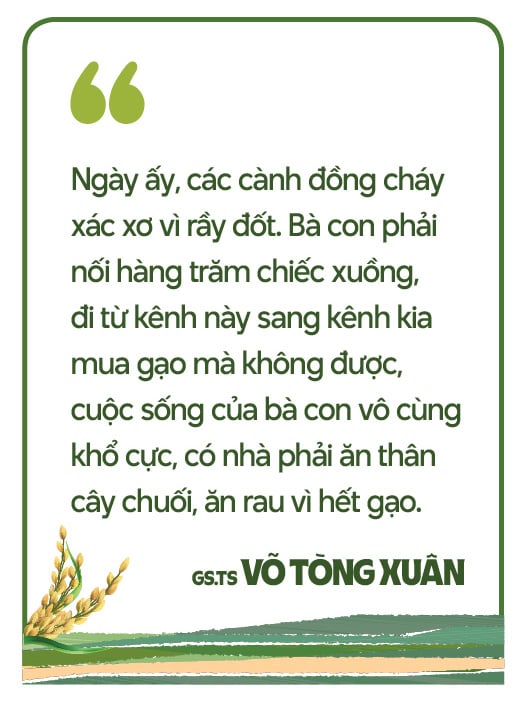
After carefully studying the situation, my colleagues in the entomology department went to catch brown planthoppers and tested the attack on old rice varieties, but found that there was no rice variety that was resistant to brown planthoppers. When I informed IRRI, they sent new varieties, I received 4 envelopes, each with 200 seeds of new rice varieties, IR32, IR34, IR36, IR38. We tested the rice varieties, caught brown planthoppers that were common in the delta and fed them with the new rice varieties, it was very clear that they were resistant to brown planthoppers, of which IR36 was considered the best, tall plants, long grains.
At that time, Can Tho University determined that our mission was very important, we had to act quickly to stop the brown planthopper. With 200 rice seeds received from IRRI, in 2 seasons, after 200 days we multiplied 2.5 tons of seeds. At that time, I suggested that the school close for 2 months and have all students bring more than 2.5 tons of seeds to help farmers plant and multiply. This proposal initially received opposition from many people, the Party Committee and the Board of Directors of the school did not agree, but it was clearly an order because the planthopper was raging, people were hungry, while we already had rice varieties resistant to planthoppers.
After the decision was made, we mobilized all students of Can Tho University, in addition to students of agriculture, there were also students of Mathematics, Pedagogy, and Foreign Languages. Before going to the fields, students were taught 3 lessons: how to grow rice seedlings, how to prepare the soil, and how to plant 1 clove per bush. Going to the fields, each group brought 1kg of seeds to all over the plains. Within just 2 crops, with the strength of youth, the IR 36 variety covered the plains, and the brown planthoppers were completely wiped out.
In the history of the delta’s development, the story of neutralizing acid sulfate soil, turning bags of acid sulfate soil into fertile fields, has involved the efforts of many people, including you, the professor. It must have been a very arduous journey, professor?
- Solving and controlling acid sulfate soils in the Mekong Delta is a story of a hundred years, it must be said that it is very difficult, but fortunately we have enthusiastic support from international friends and partners. I remember, Can Tho University invited a team of experts from the Netherlands to help, these experts were familiar with "treating" acid sulfate soils in the Netherlands and Africa, they were very experienced. At that time, I was the director of the acid sulfate soil project, every time a Dutch professor came to open a class, I organized for the provinces with acid sulfate soils to sit and listen, refer to the Netherlands' method of acid sulfate soil management.
Since then, the movement to manage acid sulfate soils has spread rapidly. The easiest way is to use irrigation to clear and remove acid sulfate soils. We have a system of canals and ditches that take water from the Mekong River to neutralize acid sulfate soils in the Dong Thap Muoi and Long Xuyen quadrangles. Thanks to the irrigation system that brings fresh water to wash away acid and salt for decades, the North Long An and Hong Ngu (Dong Thap) regions have now become the main rice-producing regions of the delta. I call it the land for the future, a food security region with 1.5 million hectares of freshwater rice land that is always sufficient, saltwater never rises, and can grow 3 crops, and if necessary, we can even increase the number of crops by transplanting rice instead of sowing, taking advantage of the time spent growing seedlings to increase the number of crops.
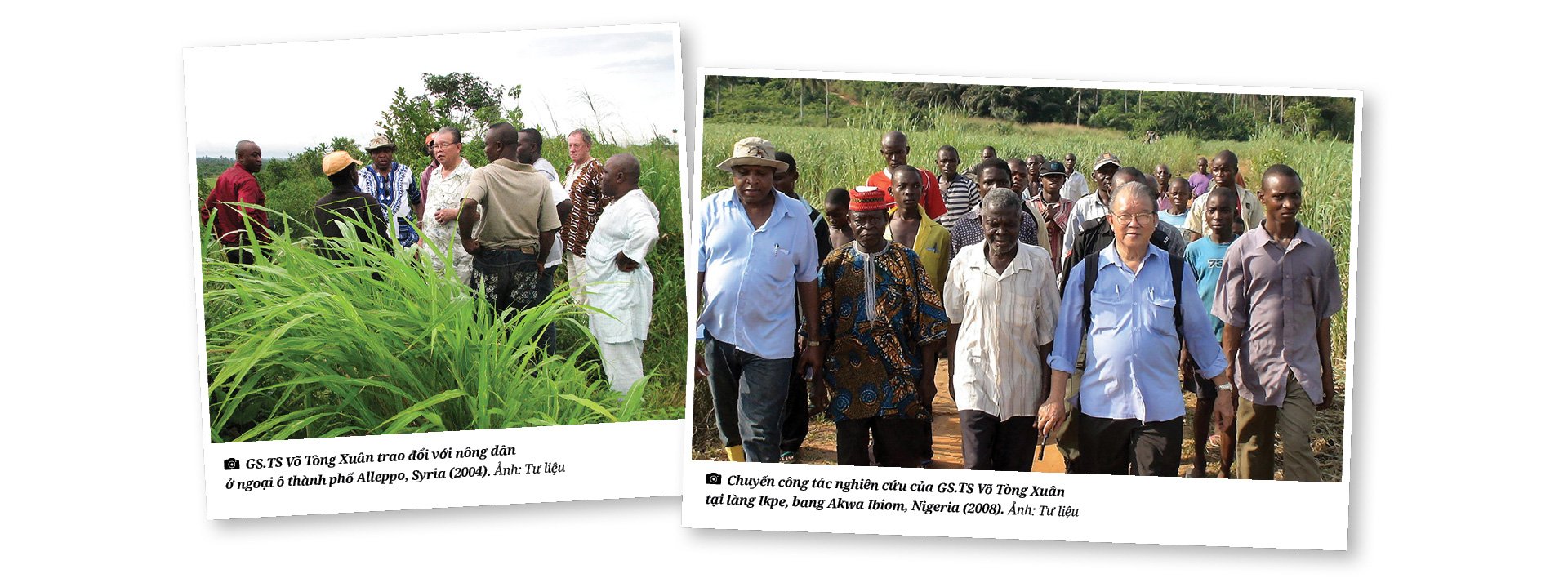
The footprints of the professor and his colleagues are still imprinted on many lands of faraway Africa, bringing Vietnamese rice to the world?
- I have been to all 15 African countries but tested and applied rice growing techniques in 8 countries, with very positive results. In 2007, my colleagues and I went to the Republic of Sierra Leone (West Africa) bringing with us 50 high-yield rice varieties and 10 high-quality rice varieties. All 60 varieties were from the Mekong Delta. The rice varieties were tested in the Mange Bureh area and at the Rokupr Research Camp. At the same time, irrigation engineers designed a 200-hectare irrigation system in the Mange Bureh experimental area and built the irrigation system according to the design... Vietnamese experts have created a miracle: growing 2 rice crops, with a yield of about 4.7 tons/ha. The growth period of rice plants is only 95 to 100 days.
The Vice President of Sierra Leone once said that if Vietnam helps Sierra Leone test and organize food production using techniques from the Mekong Delta, not only will Sierra Leonean farmers be well-fed, but Vietnam can also join Sierra Leone in exporting rice directly from Sierra Leone's Freetown port to West African countries. After Sierra Leone, we continued to survey Nigeria and Ghana.
Among the many rice varieties that the professor and his colleagues have researched and bred in his scientific career, is there any rice variety that you feel particularly impressed with?
- I am particularly impressed with the rice variety that is still in use today, IR 50404. This is a rice variety that adapts to all types of soil, is easy to grow, has high yield, many farmers can grow up to 8 - 9 tons/ha within 3.5 months, however, the quality of the rice is not as good as the current long grain varieties. Currently, IR 50404 is mainly used for processing, IR 50404 rice is exported to Japan and Australia a lot to make rice flour.
In addition, with my guidance and support, in the period 1980-2000, the Mekong Delta had hundreds of new rice varieties born. Among these, we can mention the great contribution of the group of engineers, Labor Hero Ho Quang Cua (student of Professor Vo Tong Xuan - PV), who used his family's own money to research and create new rice varieties (from local long-term rice varieties crossed with IRRI rice varieties, creating short-term high-yield rice varieties). However, these new high-yield rice varieties are not as fragrant as Thai rice because the fragrant rice gene is very difficult to combine with the short-term rice gene, although the breeding process is very expensive.
Until around 2015, Mr. Ho Quang Cua discovered a fragrant short-term rice variety from the North, and tried to crossbreed it with the existing ST rice variety. Fortunately, the fragrant gene of fragrant rice in the North combined with the ST short-term rice gene, producing rice that was both delicious and fragrant. The ST 24 rice variety was born and became the most superior rice variety in the Mekong Delta in 2017. Not long after that, in the ST 24 rice variety population, Mr. Ho Quang Cua selected an even newer variety, named ST 25.
In 2019, Mr. Ho Quang Cua brought ST 25 rice to the Philippines to participate in the World Rice Trade Conference. At this event, ST 25 rice competed with many famous rice varieties from other countries and achieved the result of being the best rice in the world.
From the above results, it can be seen that the goal of Vietnamese scientists has been achieved, not only is there delicious rice, but ST 25 rice can also be grown 3 crops/year while Thailand can only grow 1 crop/year.
Looking back on your journey with the delta and rice, what do you think makes you most satisfied?
- I feel happy and joyful when I see the smiles and bright faces of farmers after each successful rice crop with good prices.
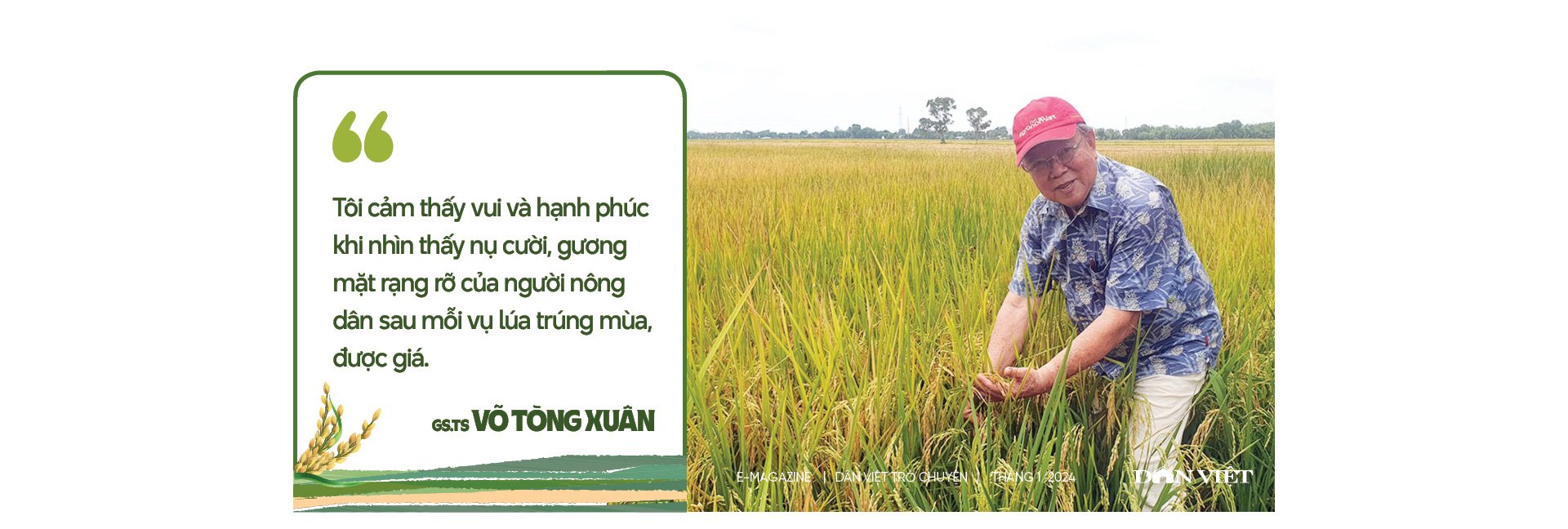

In 1989, Vietnam exported its first rice grains, officially entering the world rice export market. After 34 years, for the first time in 2023, rice exports set an "unprecedented" record, about 8 million tons with a value of about 4.6 billion USD. Professor Vo Tong Xuan assessed that there is still a lot of space for delta rice.
Only 14 years after liberation, the Mekong Delta had its first shipments of rice exported. According to the professor, what helped the rice industry rise so strongly?
- Before talking about the event of Vietnam joining the world rice market in 1989, let's go back in history a bit. In fact, Vietnam used to export rice in the early 20th century. At that time, the French came to Vietnam, farmers in the Southwest exported rice but they only exported to the port, while traders from Hong Kong and Singapore bought it back to continue exporting to Japan, the US, etc. After that, the war was too brutal and prolonged, so rice exports stopped. After the war ended, our Party and State focused on food security and famine relief first, everyone focused on growing rice, then the "disaster" of brown planthoppers appeared.
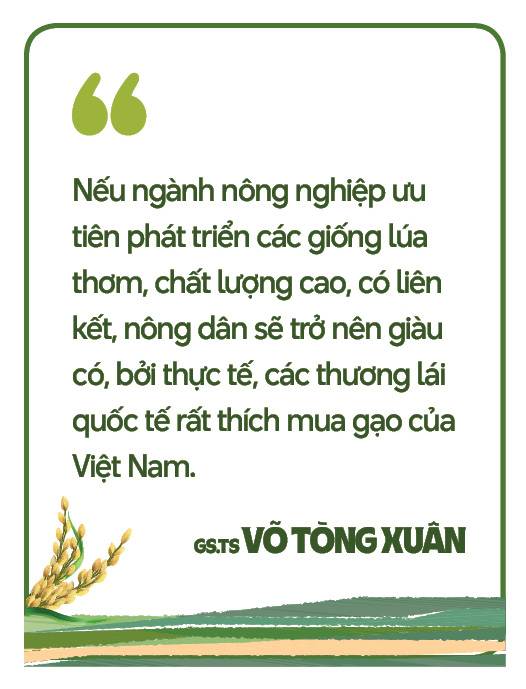
In the spring of 1981, the Central Executive Committee met to contract farmers to produce more rice. Contract 100 was issued, and rice output increased significantly. In 1988, the Central Committee issued Resolution Contract 10, allowing long-term contracts, with the price of rice and materials in the State and in the market being equal. The new policy created a driving force to encourage farmers to increase production. After only 1 year, in 1989, output had increased dramatically. At the National Assembly, I proposed opening the door for rice exports.
With the new policy in November 1989, the first shipments of Vietnamese rice were exported, and in that month alone, Vietnam exported 1.75 million tons.
The Prime Minister has also officially approved the Project of 1 million hectares of high-quality rice, reducing emissions. According to the assessment, with this project, the rice industry is facing an opportunity for revolutionary change. How do you assess the future of the Vietnamese rice industry?
- In 2023, for the first time, Vietnamese rice was positioned at a new height in price. A cooperative boasted to me that the last crop made a profit of 37 million VND/ha/crop, a record high.
In the coming years, the rice industry still has a lot of room to grow because of the pressure on food security in the context of climate change, forcing many countries to increase food reserves. Market forecast reports for 2024 all show that the rice market is quite promising, which is the basis for scientific research facilities to continue breeding new varieties, to select long-grain, fragrant rice varieties and increase rice productivity by 30% compared to present. And I believe that Vietnamese scientists can do that.
The project of 1 million hectares of high-quality rice will be an opportunity for us to restructure the rice industry, rearrange the order of the rice value chain, and ensure the harmony of interests of people and businesses. Up to now, farmers have produced fragmentedly, consumption has depended mainly on traders, and the long-term abuse of fertilizers and pesticides has had negative impacts on the delta environment. It is time to think differently and produce differently. Businesses must get involved and sign long-term contracts with farmers. What needs to be done now is for businesses or higher-level authorities to ask friendly countries to sign long-term contracts, purchasing a certain amount of output per year for farmers to produce and supply.
Farmers who want to limit production costs and have stable output should join cooperatives. These cooperatives will link with businesses in allocating materials, providing technical support for rice cultivation and purchasing products, with traceability.
Vietnamese rice is in a prosperous period. I believe that if the agricultural sector prioritizes the development of fragrant, high-quality rice varieties and has linkages, farmers will become rich, because in fact, international traders really like to buy Vietnamese rice.
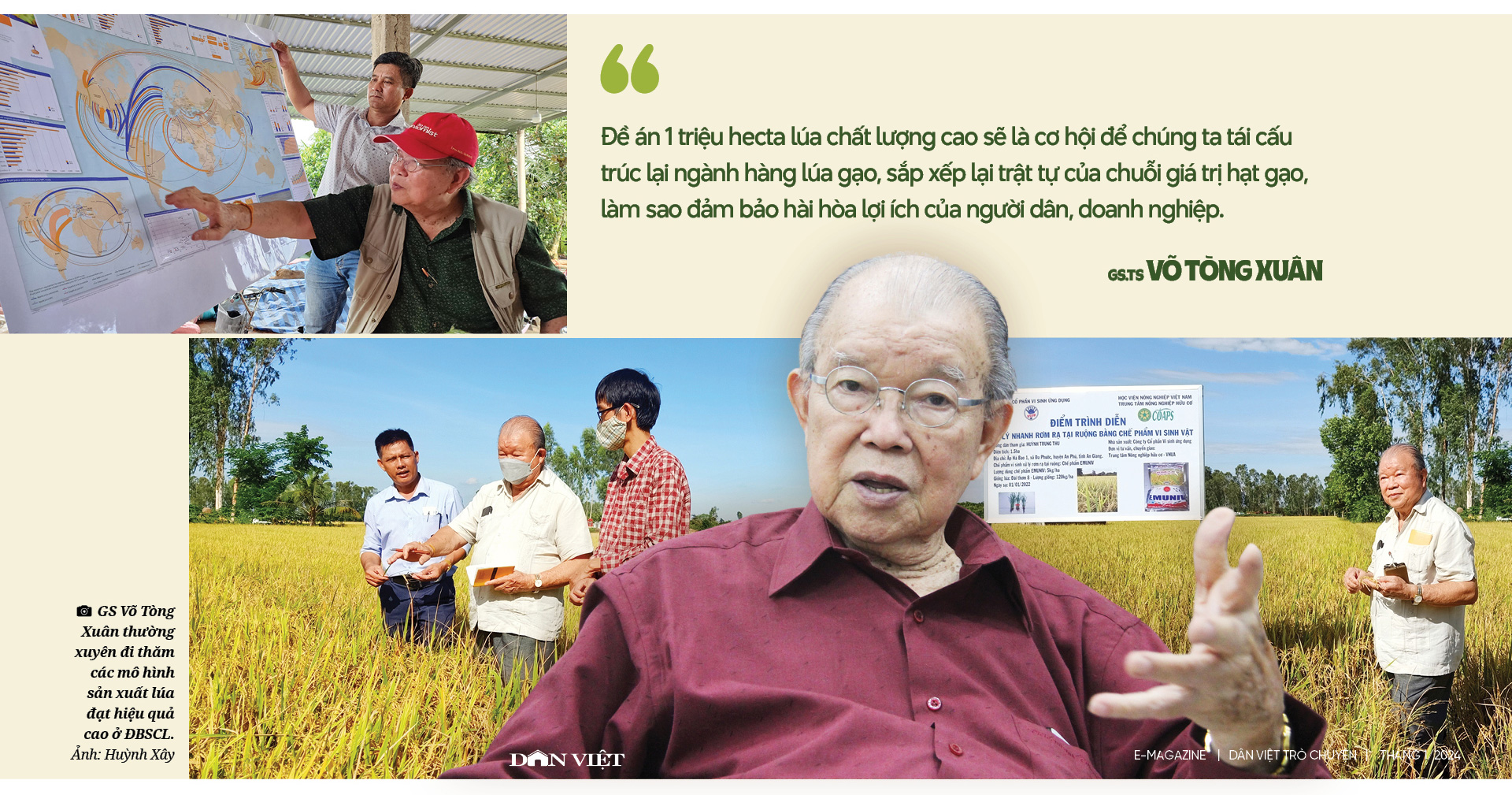
Recently, the price of rice in Vietnam has increased sharply, in some places people have earned 3 million VND/1,000m2. Regarding this issue, in a recent seminar on rice, the professor suggested that farmers produce 4 rice crops per year. Could you explain more about the feasibility of this proposal?
- If in 2024, the rice supply is still less than the demand as in 2023, Vietnam can increase to 4 crops/year. This is very feasible, because it has been predicted that climate change will be extremely difficult, affecting rice production in some countries in the world. In Vietnam, especially in the Mekong Delta along the Cambodian border, especially in An Giang and Dong Thap, there is always fresh water for 3 crops/year, salt water never intrudes.
According to my calculations, this region has about 1.5 million hectares dedicated to rice production. If necessary, one more crop can be added. To do this, instead of sowing rice, people transplant rice. Specifically, when the rice flowers, people can start planting seedlings for the next crop. When the previous crop is ripe, quickly prepare the land and take the available seedlings to plant. With the 3.5-month/crop rice variety, people can easily do 4 such crops in a year.
With current techniques, by scientifically changing the water in and out of the field at the beginning, combined with nourishing the soil with enough types of organic microbial fertilizers, rice plants can be resistant to pathogens, grow very well from one crop to the next, and produce delicious rice.
Rice prices are increasing, this is an opportunity for the Vietnamese rice industry when we have more and more short-term, high-quality and high-yield rice varieties.

Recently, Professor Vo Tong Xuan became the first Vietnamese person to receive the prestigious VinFuture Prize. He said that the prize gives him the opportunity to continue his cherished projects…
Congratulations, Professor, on becoming the first Vietnamese to receive the VinFuture Prize. How do you feel about receiving this prestigious award?
- I am very honored and delighted by the recognition from VinFuture for my research and expansion of rice varieties over the years. My own efforts and the support of relevant individuals and groups have helped farmers in the Mekong Delta grow rice with higher yields, improve their livelihoods, and contribute to the rise of Vietnam, becoming one of the top 3 rice exporting countries in the world.
To be clear, not only me, the special prize worth 500,000 USD/prize for scientists from developing countries who have made important contributions to the invention and dissemination of many high-yield, planthopper-resistant rice varieties, contributing to ensuring global food security, also includes Professor Gurdev Singh Khush (Indian-American).
50 years ago, when my colleagues and students and I traveled throughout the Mekong Delta to popularize the IR36 rice variety to repel brown planthoppers, and at the same time cooperated with farmers to apply advanced techniques in rice cultivation, I did not think that one day that work could bring me a big award like VinFuture.
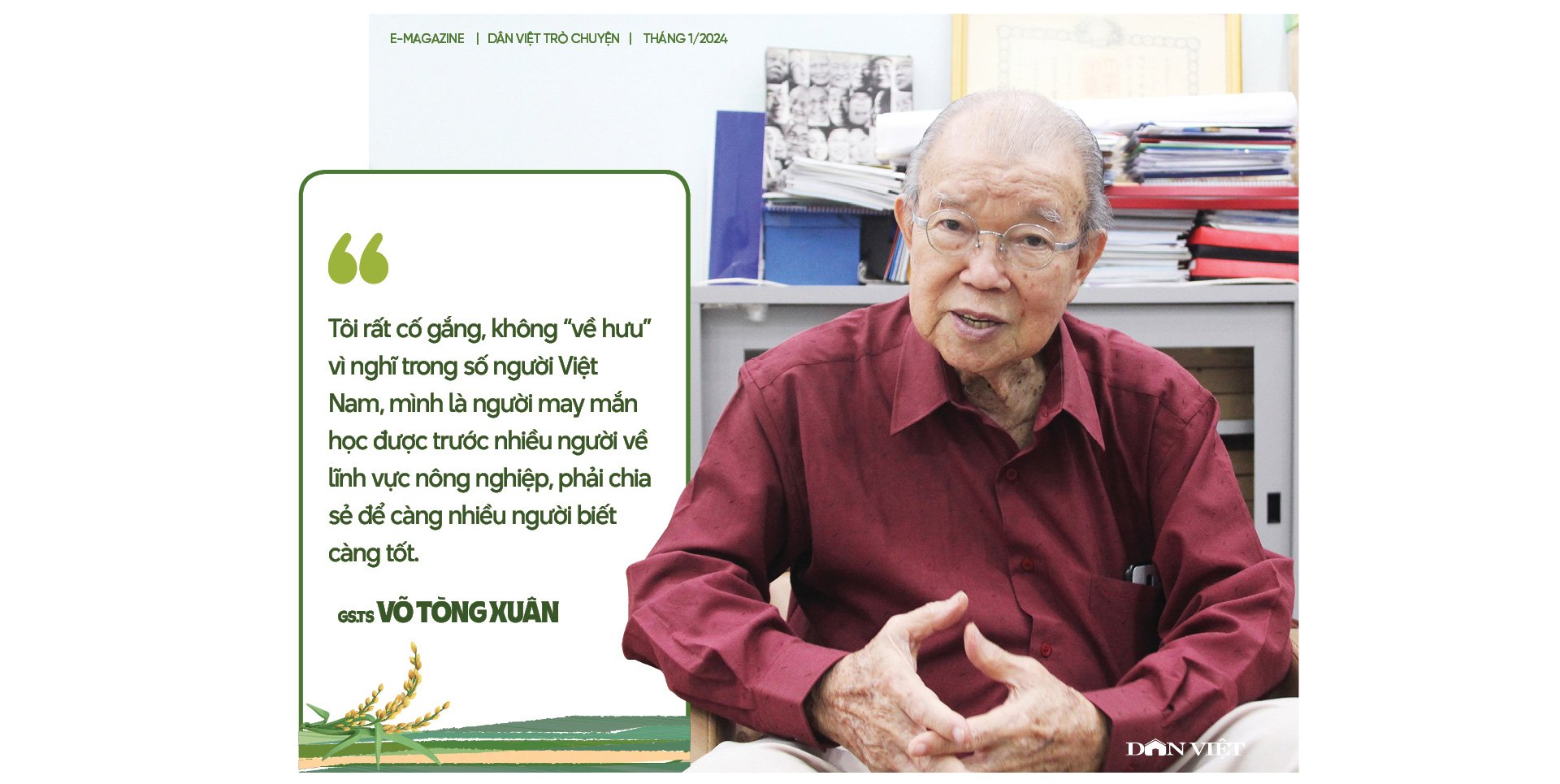
How do you plan to use the prize money?
- With the value of the prize I received, I plan to divide it into 2 parts, of which 2/3 I want to dedicate to the scholarship fund for agricultural students in the Mekong Delta. In reality, the recruitment of agricultural students is facing many problems, students now like to study "hot" majors but are afraid to study agriculture, so I want to create motivation to "pull" high-quality human resources for the agricultural sector. The remaining 1/3 I will invest in the project that I started a few years ago, which is to popularize bilingual teaching in high schools in Vietnam.
The professor has just gone through a serious illness, but I see that his work and dedication are still very strong. In almost all the major meetings on rice in the Mekong Delta, he is present to contribute his opinions. Is it because after a health incident, people sometimes think that today should be considered as the last working day?
- My life is attached to rice plants, attached to research. According to the requirements of many places, I can't not respond, it would be strange, if I respond then I will have to endure some fatigue. That's why doctors always argue with me. I try very hard, not to "retire" because I think among Vietnamese people, I am the lucky one who learned about agriculture before many others, I have to share so that as many people as possible know.
This has also been my wish since June 1971 when I decided to leave IRRI in the Philippines and return home. Therefore, as long as I am still healthy, I still want to continue to strive and support the Mekong Delta.
Thank you very much, professor!
Source


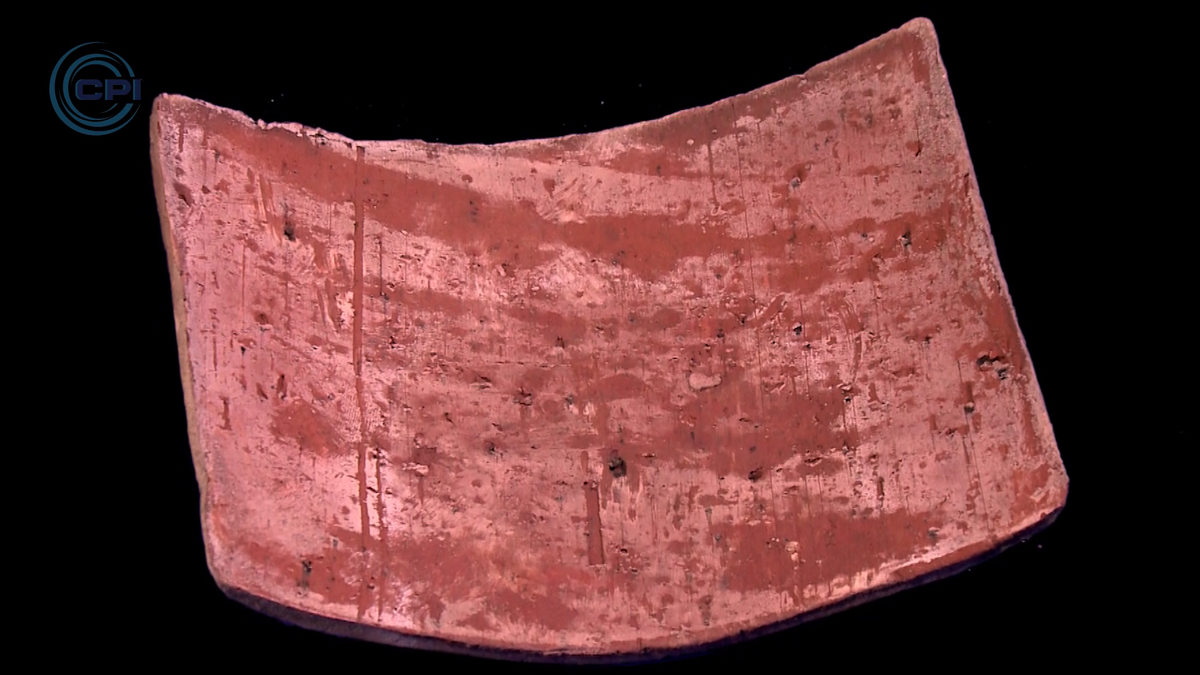
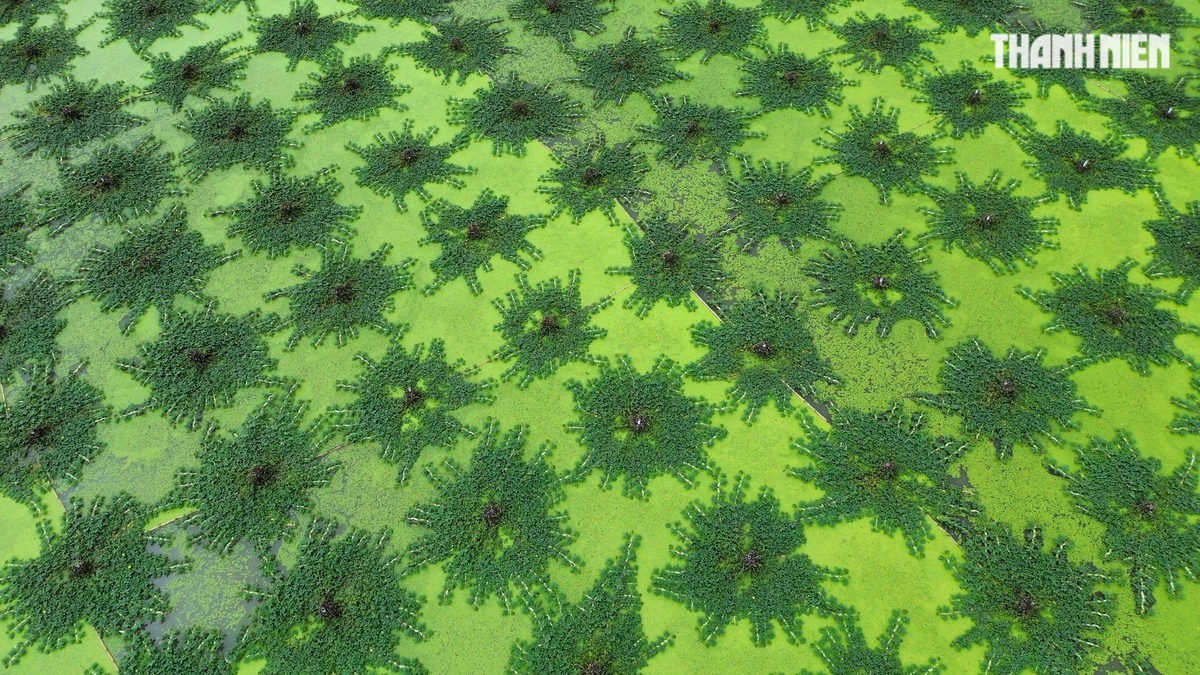
![[Photo] The moment Harry Kane lifted the Bundesliga trophy for the first time](https://vphoto.vietnam.vn/thumb/1200x675/vietnam/resource/IMAGE/2025/5/11/68e4a433c079457b9e84dd4b9fa694fe)
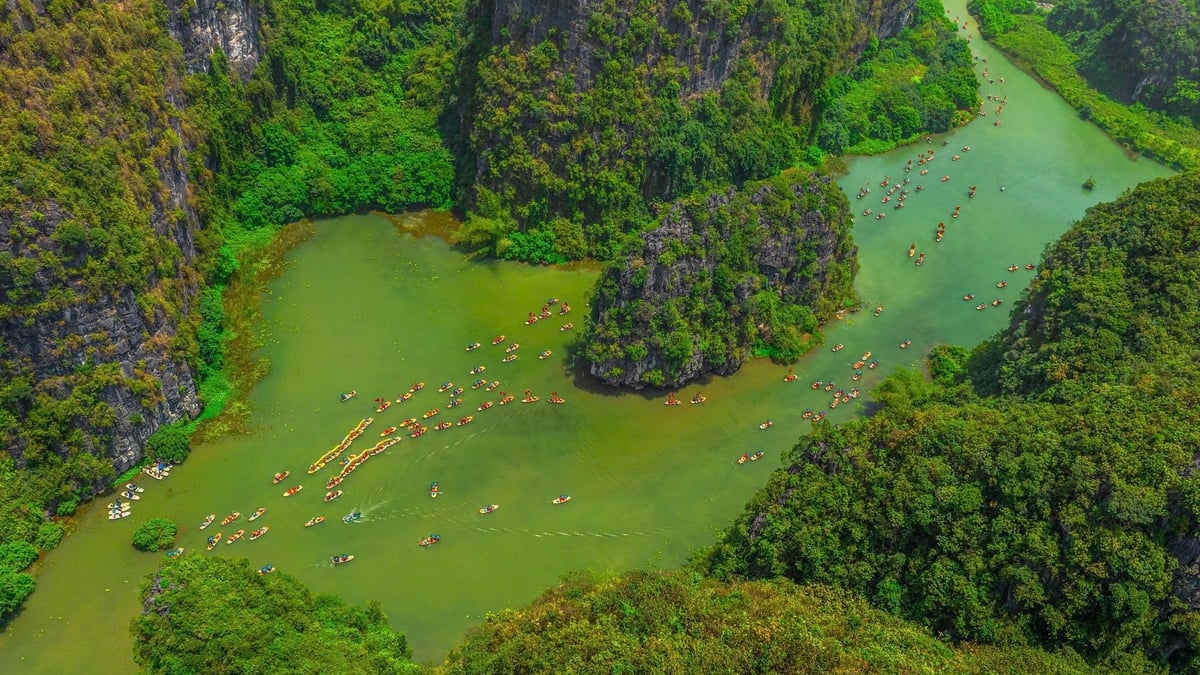
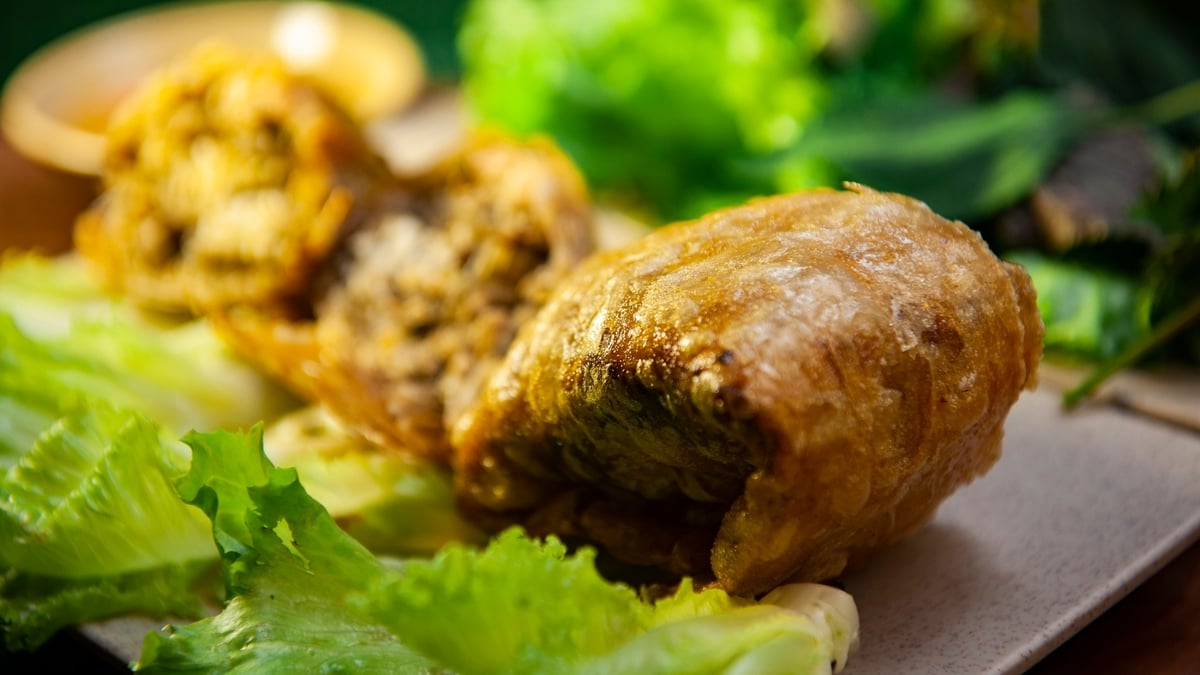
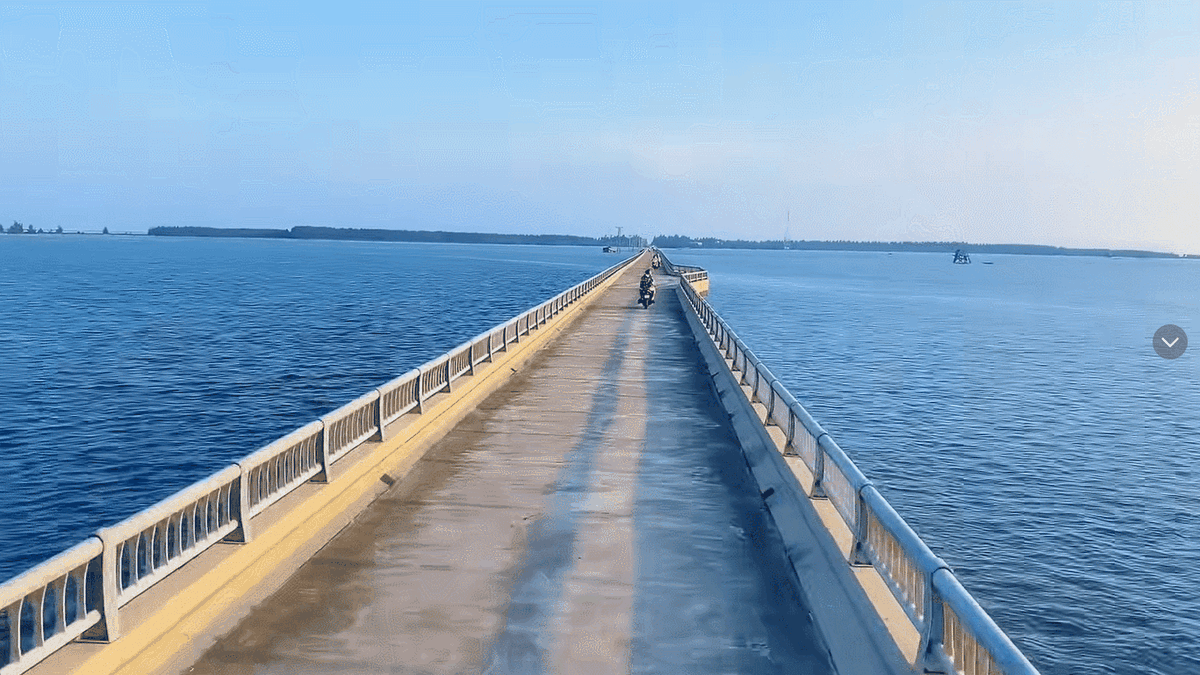
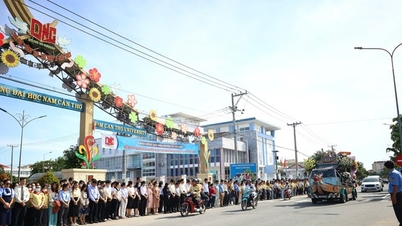



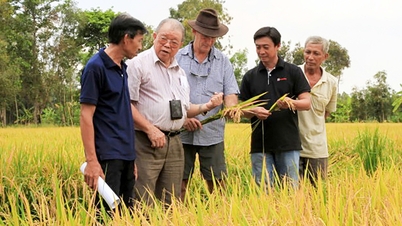

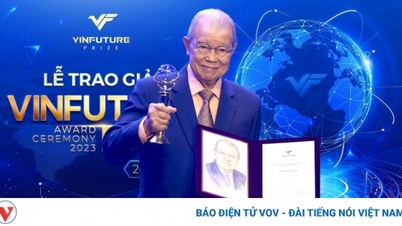


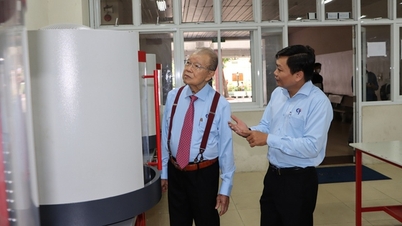



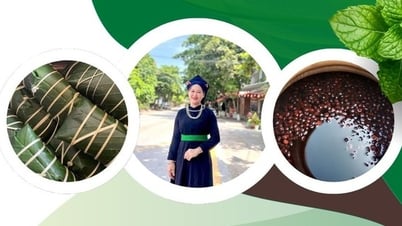


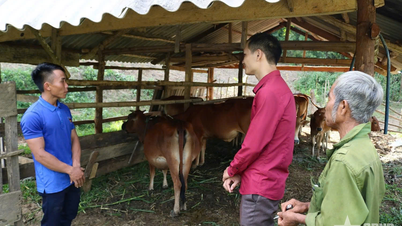




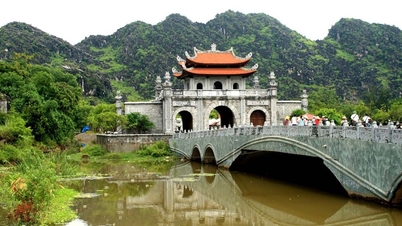

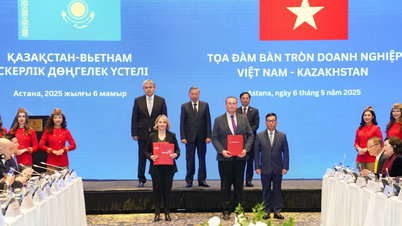

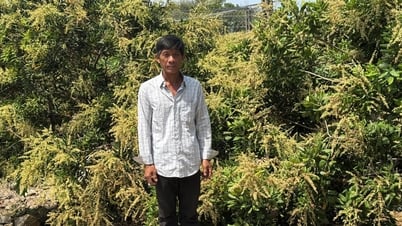
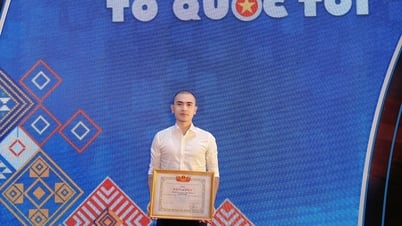
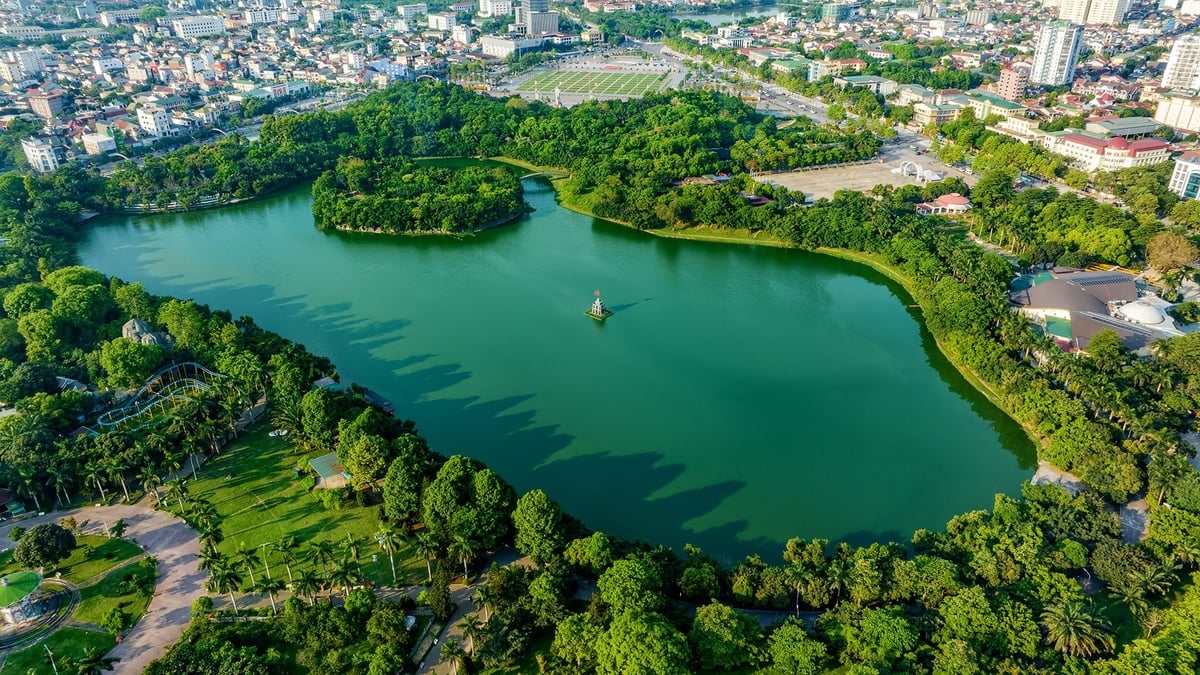
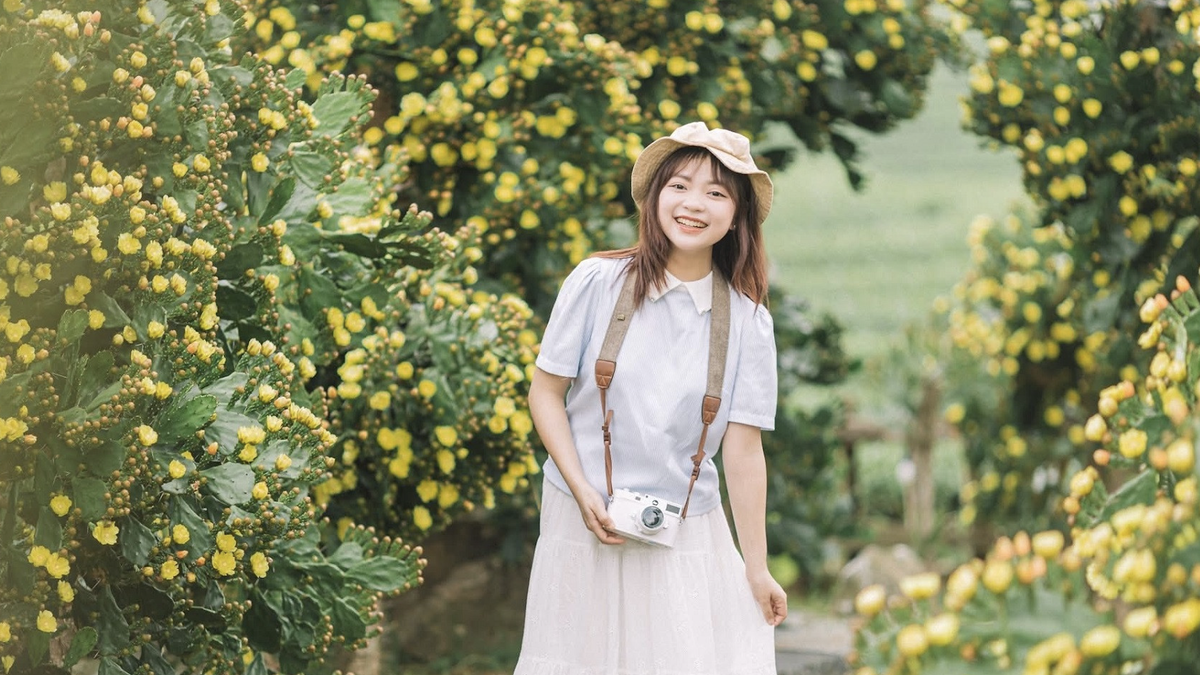










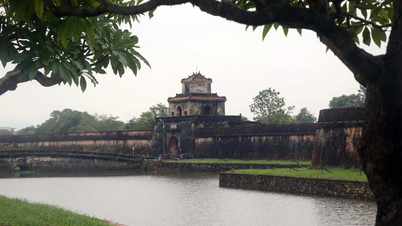














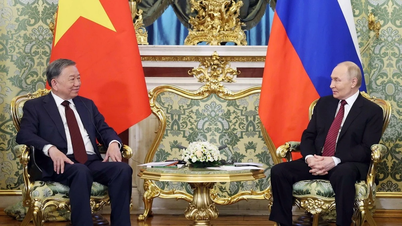
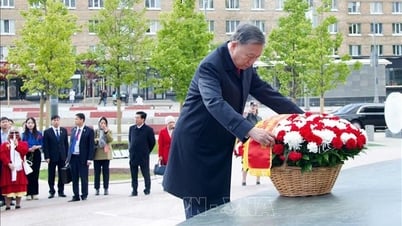
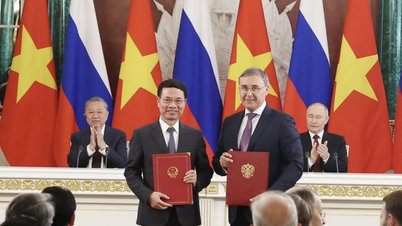
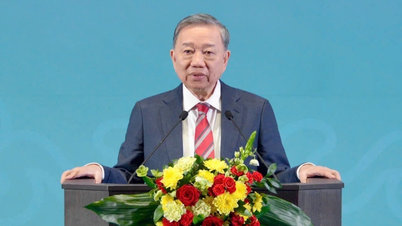
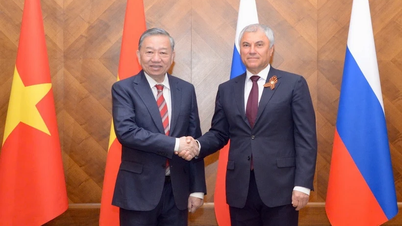










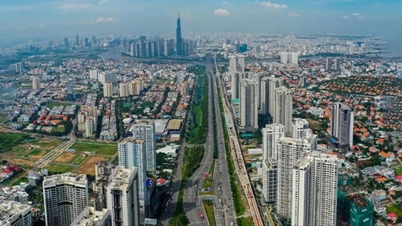

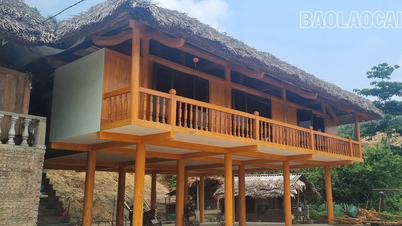

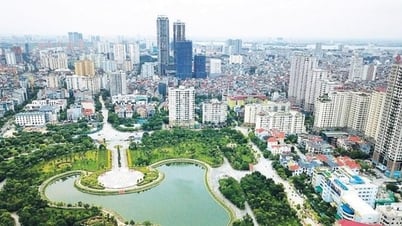

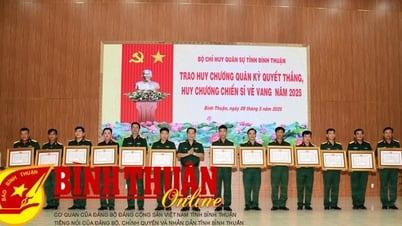

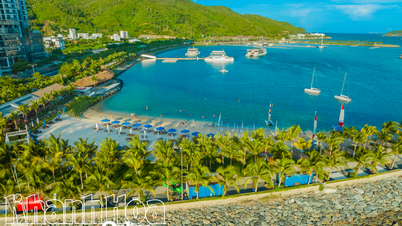

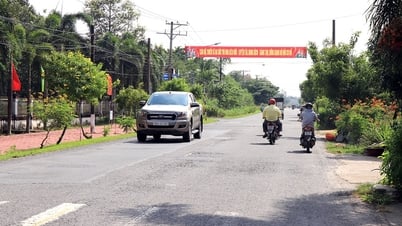











Comment (0)